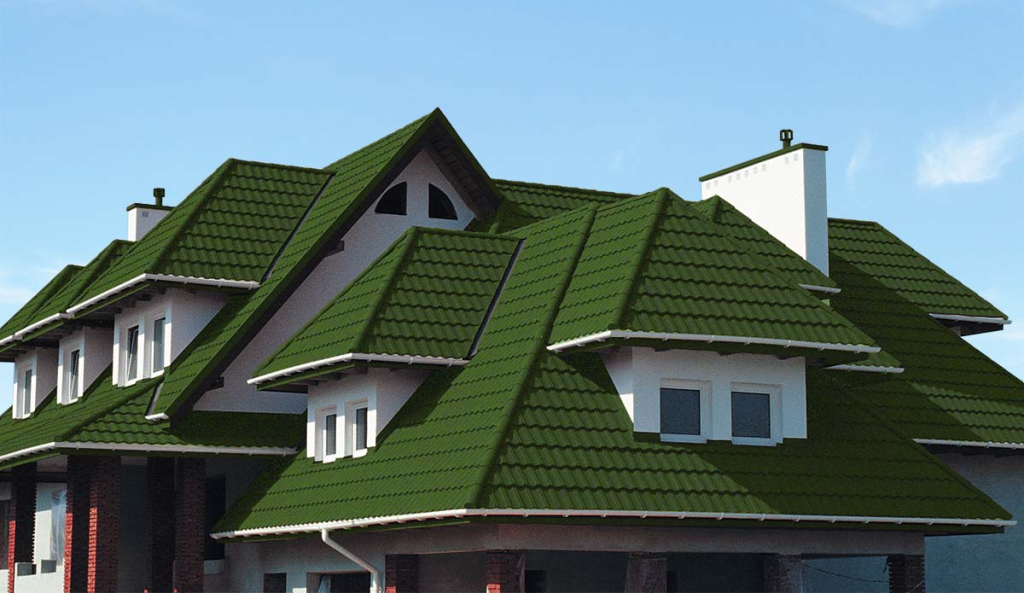
Wood shake tiles, also known as wooden shake shingles, are roofing materials typically made from split wooden logs. These tiles are often used for their natural and rustic appearance and are designed to mimic the look of traditional hand-split wooden shakes. Here’s some information about wood shake tiles:
- Materials: Wood shake tiles are traditionally made from cedar, redwood, or other types of durable wood. These materials are chosen for their natural resistance to decay and insects.
- Appearance: Wood shake tiles have a rustic and charming appearance. They are known for their varying shades and textures, giving a unique, natural look to roofs. Over time, they can weather and turn a silvery gray, adding to their aesthetic appeal.
- Durability: Properly installed and maintained wood shake tiles can be durable. They offer good insulation and can withstand various weather conditions. However, they require regular maintenance, including sealing and occasional replacement of damaged or worn shakes.
- Environmental Impact: Cedar and other wood species used for shakes are considered renewable resources, which makes wood shake tiles an environmentally friendly choice. They are biodegradable and can be recycled.
- Installation: Installing wood shake tiles requires skill and attention to detail. It’s essential to ensure proper ventilation and waterproofing beneath the tiles. Additionally, local building codes and fire safety regulations may govern the use of wood shakes, as they are more susceptible to fire than some other roofing materials.
- Cost: Wood shake tiles are generally more expensive than asphalt shingles but less expensive than some premium roofing materials like slate or metal. The cost can vary depending on the type of wood, quality, and the region where you are purchasing them.
- Maintenance: Regular maintenance, including cleaning, sealing, and occasional replacement of individual shakes, is necessary to extend the lifespan of wood shake tiles. Neglected wood shakes can develop mold, rot, and other issues.
- Alternatives: In some regions, fire codes and local regulations may restrict the use of wood shake tiles due to fire hazards. In such cases, homeowners may opt for synthetic shake tiles made from materials like polymer, rubber, or recycled materials, which mimic the appearance of wood shakes without the fire risk.

If you are considering wood shake tiles for roofing or have specific questions about their installation, maintenance, or availability in a particular area, it’s a good idea to consult with a roofing professional or supplier with knowledge of local building codes and roofing materials.



